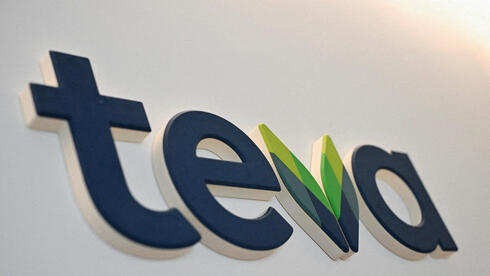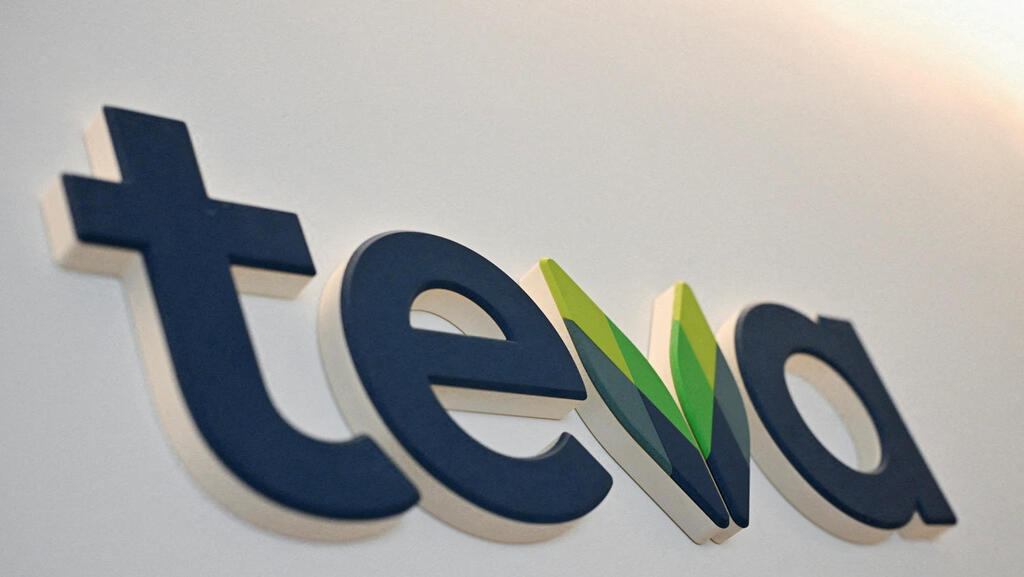
Teva's vision 2025: Building on momentum for future market leadership
Richard Francis’ strategic plan aims to transform Teva into a powerhouse of growth and innovation.
As Richard Francis enters his second year as Teva's CEO, his strategy appears to be taking effect. In May 2023, Francis unveiled his plan to revive the struggling pharmaceutical company and promised to return it to growth. Initially, reactions were skeptical due to the numerous upheavals Teva had endured over the past decade, but over time, investors began to gain confidence. Since the introduction of the "Pivot to Growth" program, Teva's stock has more than doubled, and in recent months, it has reclaimed its position as the largest company on the Tel Aviv Stock Exchange.
Teva has continued to widen its lead, and after publishing a strong financial report for the second quarter, its stock jumped by an additional 4.2%, bringing its market value to NIS 73 billion. This further cements Teva’s status as the largest company on TASE, opening a gap of NIS 23.5 billion from the second-largest, Bank Leumi, which trades at a value of NIS 49.5 billion. Teva’s recent financial results mark its sixth consecutive quarter of growth, with an accelerated pace. Notably, Teva raised its annual forecast, surprising the market with positive contributions not only from its original drugs but also from the aging Copaxone, which is expected to generate $50 million more in revenue than previously anticipated.
Despite its positive performance, Teva still faces a significant challenge with its debt, which stands at $16.4 billion net. Nevertheless, Francis did not dismiss the idea of acquisitions, which Teva had previously avoided after its nearly disastrous $40 billion purchase of Actavis in 2015.
Teva’s key achievement in the second quarter was revenues of $4.2 billion, reflecting an 11% increase compared to the same period last year, and exceeding forecasts by over $100 million. This marked the first time in years that Teva achieved double-digit growth, driven mainly by a 32% jump in revenues from Austedo, the company’s most powerful drug, used to treat Tardive Dyskinesia, a side effect of several neurological diseases. Austedo's revenues surged by 32% to $407 million. Ajovy, another original drug aimed at preventing migraine attacks, also showed improvement, with a 12% increase in sales to $115 million. Teva has yet to provide revenue details for UZEDY, its newest generic drug, launched about a year ago and targeting a market of 600,000 schizophrenia patients or $4 billion annually in drug terms.
Francis mentioned that the new drug is gaining market share and is attracting significant interest from the psychiatric community due to its unique features compared to other drugs. Teva expects to provide preliminary revenue figures for UZEDY in its third-quarter reports. According to the annual forecast, UZEDY should generate $80 million in revenue by 2024.
Unexpected growth was also recorded in Teva’s generics sector, a key pillar of Francis’s growth plan. This sector had been almost written off as a growth engine due to its low profitability and Teva’s waning ability to be first to market—a critical factor in the generics industry. Francis focused Teva on a smaller number of generics with higher success potential, and this strategy is starting to yield results. Following the trend seen in the first quarter, Teva reported a 16% increase in U.S. revenues, an 8% increase in Europe, and a 22% rise in the rest of the world. Revenues from generics reached $2.5 billion, with Teva highlighting the launches of two significant drugs: Revlimid, for treating myeloma, and Victoza, for treating diabetes. Both drugs are expected to be profitable growth drivers within the generics market. Given these developments, Teva raised its annual revenue forecast to $16-16.4 billion, up from $15.7-16.3 billion previously. The increase is mainly attributed to an additional $100 million from Austedo, which is projected to reach $1.6 billion in 2024, and another $50 million from Copaxone, which is expected to generate $450 million annually.
The improvement in revenue is expected to translate into an operating profit of $4.1-4.5 billion and free cash flow of $1.7-2 billion, after accounting for $1 billion in financing costs due to Teva’s high debt. However, profitability remains a challenge for Teva. Excluding a series of one-time and accounting items, Teva exceeded expectations with a profit of 61 cents per share compared to the forecast of 55 cents per share, but this doesn’t fully reflect its financial situation.
In reality, Teva recorded a goodwill impairment of $400 million related to its API activities, due to future projections for the division. Additionally, Teva recognized a tax expense of $630 million in the second quarter following a settlement with the Israel Tax Authority, announced a month ago. According to the agreement, Teva will pay approximately NIS 3 billion for tax assessments covering the period between 2008 and 2020, which, while high, is actually one-third of the state’s original demand.
Despite these challenges, Teva's strategic focus under Francis is on its pipeline of future generic drugs, which are in accelerated development. In the previous quarter, Teva announced progress in developing olanzapine for treating schizophrenia and recently updated on faster-than-expected progress with its key drug candidate, Anti-TL1A, for treating digestive system diseases, which it is developing with the pharmaceutical giant Sanofi. Teva estimates that the second phase of clinical trials for Anti-TL1A will be completed three months earlier than expected. The drug, an asthma inhaler based on SABA receptors, is currently in the third phase of clinical trials. The SABA-based drug family is the most popular treatment for asthma today, with 11 million out of 13 million asthma sufferers using it.














